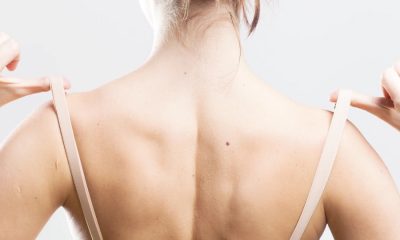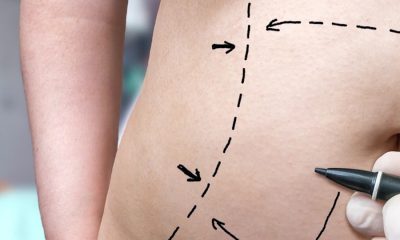When people talk about the fountain of youth, they’re probably really talking about the face and how it looks. Specifically, they’re wondering about the cheeks and how they’ve “fallen.” Patients are wondering if they can bring them back – is it possible today? Can fallen cheeks be picked back up? Board certified plastic surgeons answer on the latest Plastic Surgery Secrets.
Is ‘Fallen Cheeks’ a Misnomer?
Grab and pull up on your cheeks and you may briefly see some years from that reflection in the mirror melt away. Is it accurate to blame the forces of gravity for the havoc that aging wreaks on youthful features? That your cheeks have actually fallen? Probably not.
A recent study suggests gravity’s role in aging has been exaggerated, and that the downward migration of facial skin over time is merely an illusion. The real culprit, the study found, is the loss of volume underneath the skin.
“Cheeks don’t so much fall as the soft tissue underneath slowly atrophies and dies,” says Melinda Haws, MD, a board certified plastic surgeon in Nashville. “We all have different fat compartments in our bodies. Certain ones never go away no matter how old we get, others slowly shrink up with age. So it seems like your whole face is sliding and going away, when it’s actually just this fat that has gone away and you lose that support. Sometimes the skin gets lax too and slides.”
Pump Up the Volume in Fallen Cheeks
If gravity isn’t the main culprit, but rather a loss of volume, does that alter the way plastic surgeons should approach rejuvenating the face overall, and specifically the cheeks?
“Cheeks over time descend and deflate. So when someone cries, ‘Doctor, my cheeks are falling!’ I have a solution,” says Jason Cooper, MD, a board certified plastic surgeon in Florida. “And usually that’s a facelift and usually it’s involving adding volume into the upper area of the cheek in order to volumize it and fill it. It’s really a lift and a fill.”
Is There a Point Where Nothing Will Work?
Dr. Cooper says hope, and today’s plastic surgery therapies, spring eternal. “Cheeks are never really beyond hope,” he shares. “That’s really something that I can’t embrace. There’s always something that I can do to improve it.” But, he says, expectations have to be realistic.
“The cheeks of a 43-year-old are not the cheeks of an 83-year-old, but as long as there is realistic expectations there’s always going to be improvement,” he explains. “Obviously the person has to be healthy enough for surgery, but cheeks that have descended can be significantly lifted, and sometimes they also need to be filled.”
Dr. Christine Hamori, a board certified plastic surgeon in Massachusetts, agrees that volumizing agents such as Voluma are just what doctors should order for the challenge of fallen cheeks.
“It actually helps raise the cheeks. It’s FDA approved to increase cheek volume and it can last up until two years. The hyaluronic acid molecules are glued together in a way that it can last longer,” Dr. Hamori shares. “It can really lift the cheeks and really last longer for patients. And it gives us a more natural look.”
When it’s Time for Volume, Lots of Choices Exist
Filling our cheeks is one of the most effective ways to rejuvenate. Figuring out the best cheek filler, however, depends on multiple factors. The ideal cheek filler is one that provides strong support and lift without looking unnatural, one that lasts for a long time, and one that is reasonably priced.
Fortunately, multiple fillers are available to replace cheek volume lost with age. In the United States, these include Voluma, Restylane, Radiesse, and Sculptra. Each of these dermal fillers have unique advantages and disadvantages, depending on the patient’s unique anatomy.
The important point with dermal fillers is to see an expert. It may seem easy, and patients may be told that it’s easy, but a plastic surgeon who understands facial anatomy deeply will be the expert required. Fallen cheeks need not remain so, and perhaps a few injections can be all that is required for volume refreshment.



















Facebook
Twitter
Instagram
YouTube
RSS